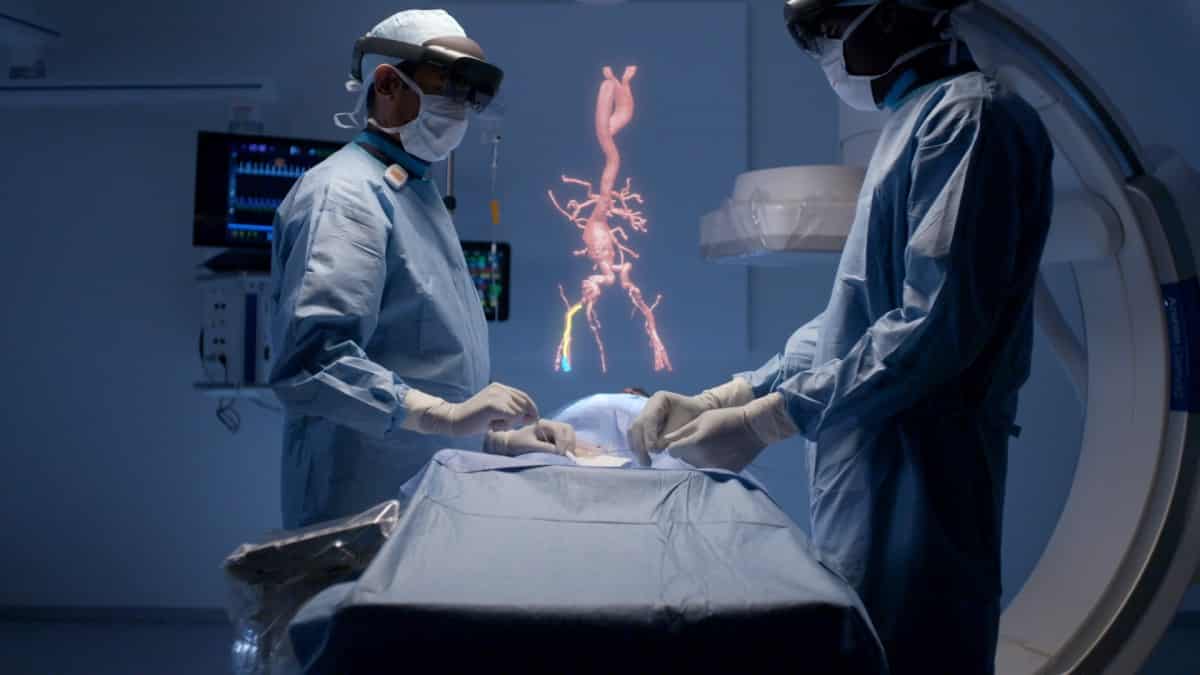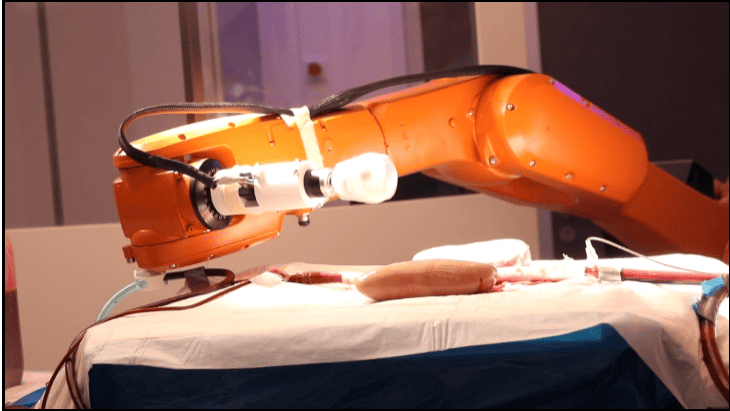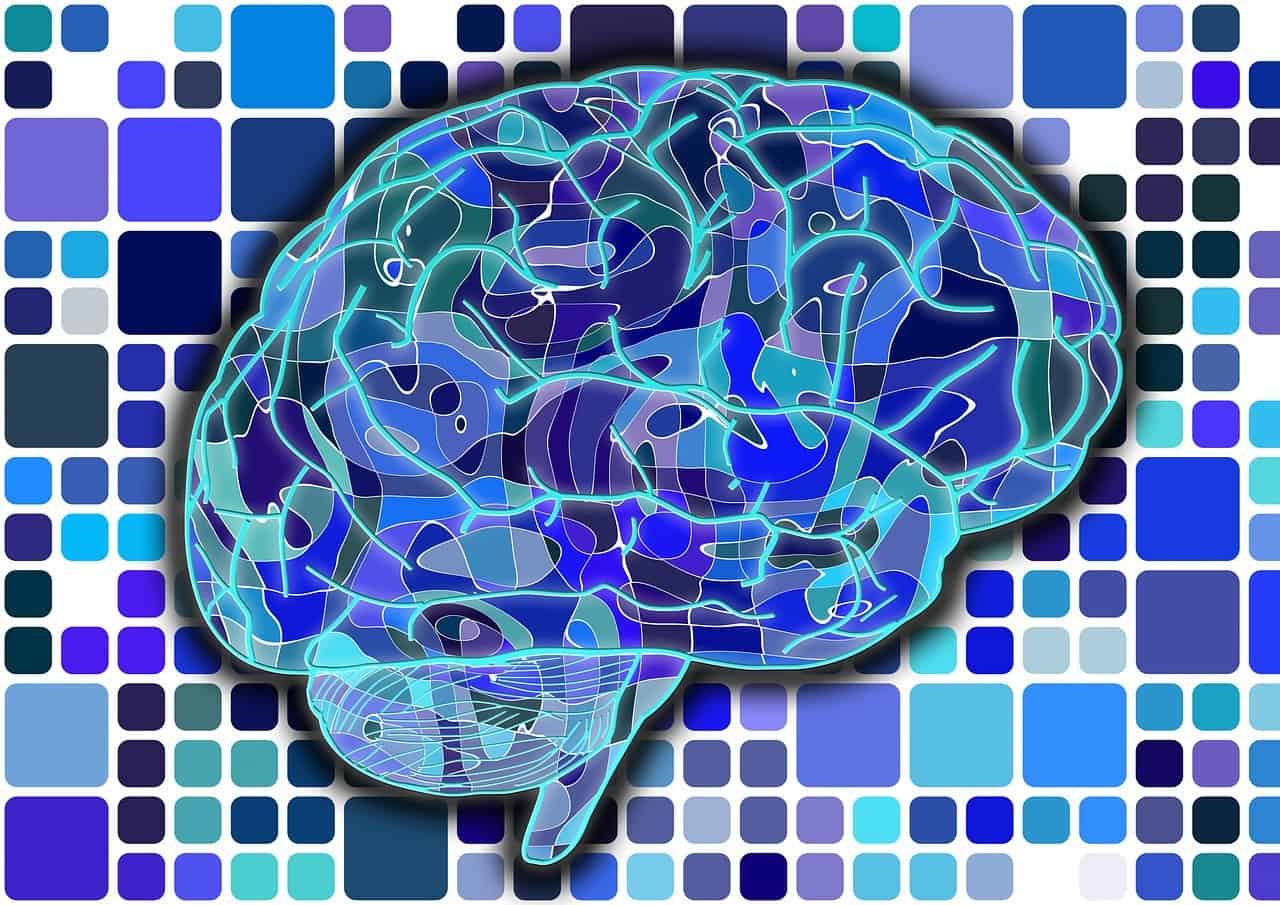
Philips and Microsoft have chosen the Mobile World Congress Barcelona, one of the largest mobile events in the world, to unveil their mixed reality concept for the operating room of the future. Based on the state-of-the-art technologies of Philips’ Azurion image-guided therapy platform and Microsoft’s HoloLens 2 holographic computing platform, the companies will showcase novel augmented reality applications for image-guided minimally invasive therapies.
 In contrast to open surgery, minimally invasive therapies only require a small incision. Dedicated instruments such as catheters are inserted through the incision and guided to the treatment area, which can include the heart, blood vessels, brain, liver and other major organs. During these procedures, physicians cannot directly see and touch the treatment area. Instead, they rely on advanced medical imaging technologies such as ultra-low-dose X-ray imaging and ultrasound, as well as other navigation technologies, to see inside the patient and guide their actions. Philips is a leading provider of high tech interventional suites and hybrid operating rooms for such procedures.
In contrast to open surgery, minimally invasive therapies only require a small incision. Dedicated instruments such as catheters are inserted through the incision and guided to the treatment area, which can include the heart, blood vessels, brain, liver and other major organs. During these procedures, physicians cannot directly see and touch the treatment area. Instead, they rely on advanced medical imaging technologies such as ultra-low-dose X-ray imaging and ultrasound, as well as other navigation technologies, to see inside the patient and guide their actions. Philips is a leading provider of high tech interventional suites and hybrid operating rooms for such procedures.
The Philips and Microsoft augmented reality concept, built for HoloLens 2, brings live imaging and other sources of vital data currently displayed on large 2D screens into a 3D holographic augmented reality environment that can be ergonomically, easily and intuitively controlled by the physician. The concept is being used to gather further clinical insights to support the development of future commercially-available augmented reality solutions for use in image-guided procedures.
 “The transition from open surgery to image-guided procedures has driven a seismic shift in improving patient outcomes and reducing costs – not least by dramatically reducing the length of time a patient stays in a hospital after their procedure,” said Atul Gupta, MD, Chief Medical Officer for Image Guided Therapy at Philips and a practicing interventional and diagnostic radiologist. “On our Azurion platform, we seamlessly integrate a range of data sources in a way that’s intuitive to understand and control. By collaborating with Microsoft and HoloLens 2 we can take it to the next level, immersing the physician in a tailored augmented reality environment.”
“The transition from open surgery to image-guided procedures has driven a seismic shift in improving patient outcomes and reducing costs – not least by dramatically reducing the length of time a patient stays in a hospital after their procedure,” said Atul Gupta, MD, Chief Medical Officer for Image Guided Therapy at Philips and a practicing interventional and diagnostic radiologist. “On our Azurion platform, we seamlessly integrate a range of data sources in a way that’s intuitive to understand and control. By collaborating with Microsoft and HoloLens 2 we can take it to the next level, immersing the physician in a tailored augmented reality environment.”
“Mixed reality is giving people new ways to interact with the digital and physical world, bringing the benefits of the digital revolution to entirely new experiences across the globe,” said Alex Kipman, Technical Fellow, AI and Mixed Reality at Microsoft. “I am thrilled to see companies in a broad range of industries achieve more using the products that we build with our partners and ecosystem. Mixed reality holds great potential in healthcare, and our collaboration with Philips shows how that potential is already beginning to be realized.”
Microsoft unveiled HoloLens 2 on 24 February at MWC Barcelona. HoloLens is a self-contained holographic computer that enables hands-free, heads-up interaction with 3-dimensional digital objects.







